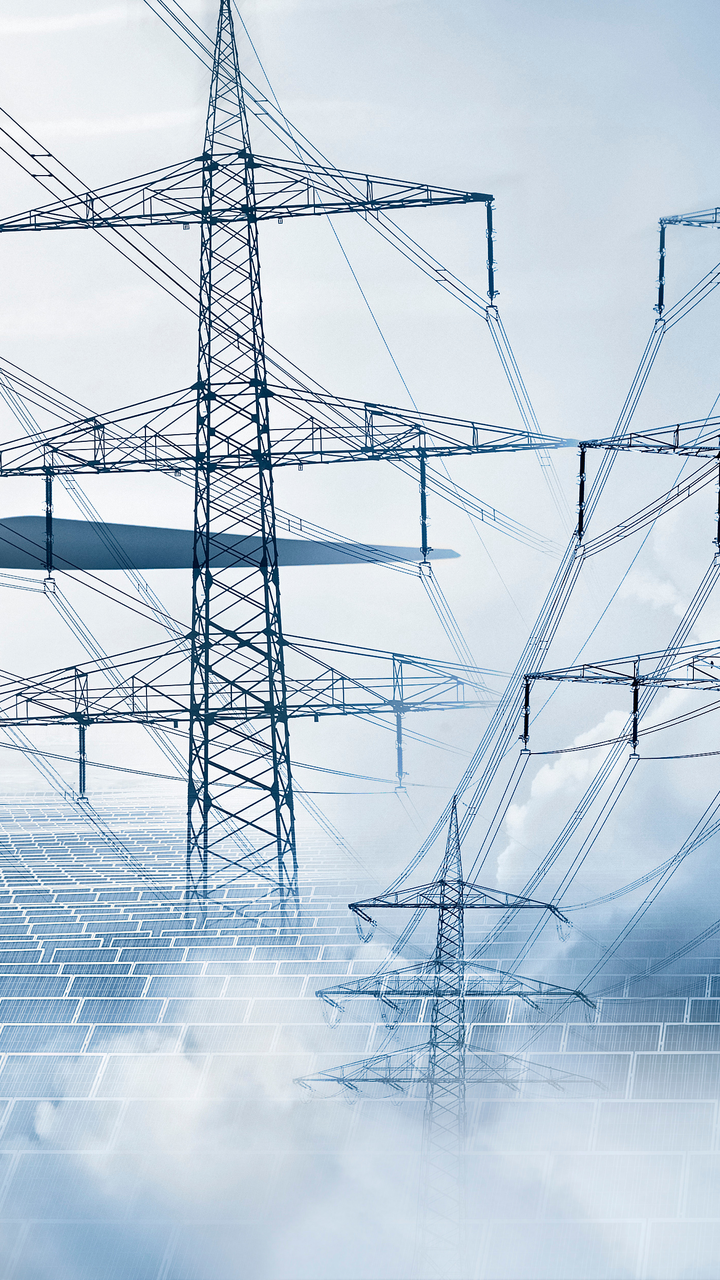Renewables and Hydrogen Offer New Promise When It Comes to Advancing Clean Energy

As the power industry continues to go green, the successful implementation of hydrogen power at scale presents the next great challenge. Although hydrogen provides a clean solution for industries that cannot be easily electrified, like long-term energy storage and the fueling of mid- and heavy-duty vehicles, the large-scale implementation of hydrogen power is complicated by the conundrum of who should invest first: suppliers or end-users.
The remedy to this stalemate can rely, in part, on renewable energy. Although renewables have been superstars in green energy, they alone are not enough to achieve net zero emissions. Heavy industries like chemical production, mining, oil refining, steel and manufacturing cannot be decarbonized solely through electrification. This is where hydrogen needs to play a role, as the gas is convenient and advantageous. On the one hand, hydrogen can provide a stable, baseload supply of electricity that levels the natural intermittency that comes with renewable sources of power generation. Additionally, pairing renewables with electrolyzers for the production of green hydrogen means asset owners can utilize every watt of energy created by renewables, improving their revenue streams on a daily basis and complementing batteries. The careful balancing of renewables with hydrogen allows renewable energy producers the flexibility to meet variable demand without building out excess production systems, popularizing hydrogen in the process.
When it comes to power generation through wind and solar, reliability is an inherent challenge. Due to the intermittency of these natural energy sources, generation might peak when demand is lowest, and vice versa. When generation exceeds immediate demand, the leftover energy is either wasted or sold at very low cost. This typically occurs in the middle of the day, when the sun shines brightest but the workforce is least likely to consume electricity at home. The energy producers are then left with the option to take the financial hit on the sale of this power — as the hike in supply lowers the cost — or they can pivot, developing alternative strategies to maximize return.
Making the most of every electron is nothing new to the power industry. The Marcellus natural gas basin utilized this tactic when its production of natural gas was curtailed due to excess production, causing natural gas to lose value. To avoid selling natural gas at a very low price, many developers collaborated with power producers, converting the substance to megawatts that were then sold to the grid. In the case of renewables, the same process works almost in reverse, as excess megawatts can be used for hydrogen electrolysis, converting energy into two in-demand commodities, oxygen and hydrogen, that can be stored and sold to buyers based on market pricing.
By selling excess energy to producers of green hydrogen, renewable energy owners turn surplus energy into a high-value asset, diversifying their revenue streams and adding stimulus to their business, helping them grow. The renewable energy is used, the producers make their money, and hydrogen is produced without carbon emissions — in this scenario, everyone wins.
A similar strategy can be deployed over the longer term. Across the country, seasonal loads strain renewable energy sources over long periods of time. In the harsher seasons of summer and winter, demand for energy might exceed supply from renewable generation on a daily basis. In this case, there is no way to charge batteries at a low-cost, so day-shifting energy is not a viable solution. However, when excess energy is transformed into hydrogen, it can be stored for months and even years. This allows seasonal shifting, in which excess energy from spring and fall can be stored for use in the summer and winter. Not only does this maximize the use of energy produced from 100% clean generation, but it maximizes the revenue brought in from that energy, as it is sold at peak demand.
Although it seems that hydrogen comes to the rescue of renewables, it can also be considered the other way around. Hydrogen needs both increased supply and application before it can be cost competitive with conventional fuels. Supply is created by converting excess energy to green hydrogen, and the application of hydrogen storage gains popularity in its use for seasonal shifting.
In the simplest terms, the pairing of renewables with hydrogen comes down to balance. Instead of building out the greatest volume of renewable energy possible to meet peak load — a strategy which almost surely results in surplus energy production — renewable producers can harness hydrogen to balance energy production and maximize profit.
Contact Us
Looking for a partner in innovation?
Let's Talk
